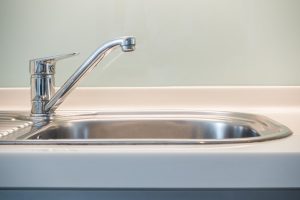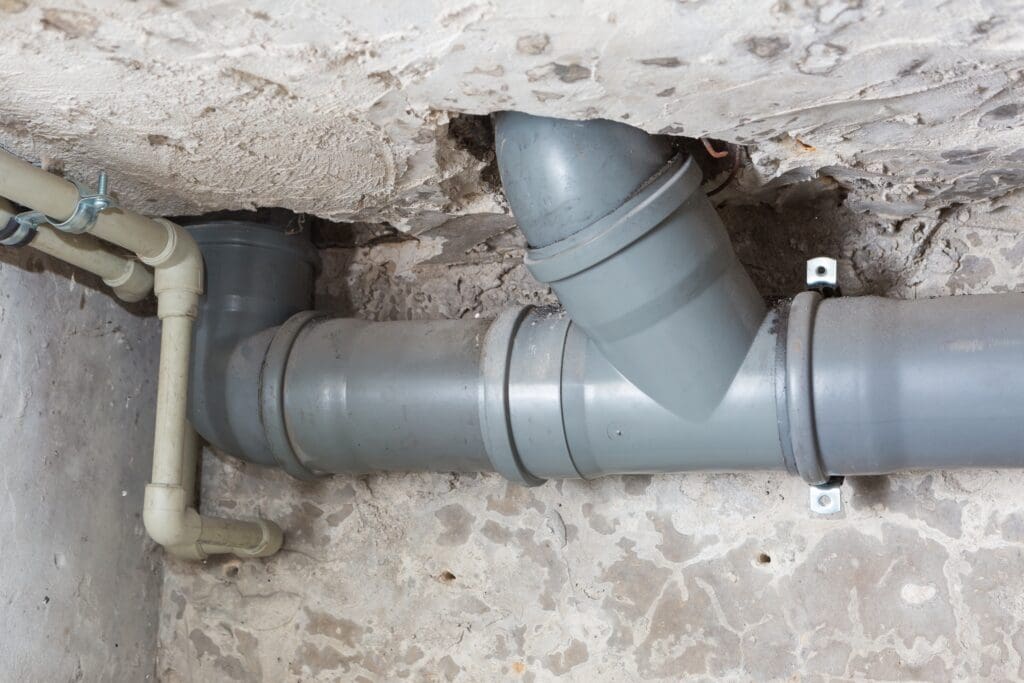Discovering the Core Concepts of Home Plumbing: A Beginner's Introduction
Discovering the Core Concepts of Home Plumbing: A Beginner's Introduction
Blog Article
In this article below you'll find a bunch of quality news involving Plumbing Basics For Every Home: The HomeTriangle Guide.

Plumbing is an important element of any home, in charge of supplying tidy water for drinking, food preparation, and showering, as well as getting rid of wastewater safely. Recognizing the basics of home plumbing is vital for every property owner to ensure appropriate upkeep, troubleshooting, and, if required, fixings. In this novice's overview, we'll cover the fundamental concepts of home plumbing to assist you become a lot more knowledgeable about exactly how it functions.
Water Heater
The water furnace is accountable for home heating water for domestic usage, including bathing, food preparation, and cleansing. Common types of hot water heater consist of tank-type hot water heater, tankless (on-demand) water heaters, and heatpump water heaters. The hot water heater is attached to the water supply system and provides hot water to plumbing components as required.
Drainage System
The drainage system eliminates wastewater from your home and carries it away to a sewage therapy facility or septic system. It consists of a network of pipes, fittings, and fixtures that deliver wastewater from plumbing components to the major sewer line or septic tank. Appropriate water drainage is essential to prevent clogs, backups, and sewage leaks.
Ventilation System
The air flow system helps maintain proper air pressure and avoid sewer gases from entering your home. Vent pipes, likewise referred to as vent stacks, extend from plumbing fixtures to the roofing system, allowing sewer gases to get away securely outdoors. Ventilation pipes also permit air to get in the water drainage system, promoting smooth wastewater circulation and stopping suction or vacuum cleaner impacts.
Supply Of Water System
The supply of water system brings clean water into your home from a metropolitan water resource or a personal well. It includes a main water line that connects to your home's plumbing system, usually situated underground. A water meter gauges the quantity of water taken in, while a shut-off valve enables you to control the circulation of water right into your home.
Plumbing Fixtures
Plumbing fixtures are tools that provide water to various parts of your home and consist of sinks, taps, toilets, showers, bath tubs, and devices such as dish washers and washing equipments. Each component is attached to the supply of water system using pipes and installations and may have its shut-off valve for maintenance or emergencies.
Usual Plumbing Devices
Having the right tools on hand is essential for performing standard plumbing repair work and upkeep jobs. Usual plumbing tools consist of adjustable wrenches, pipe wrenches, pliers, pipeline cutters, hacksaws, plungers, augers (or drainpipe snakes), and Teflon tape. Having these devices easily offered can assist you tackle small plumbing issues effectively.
Basic Plumbing Fixings
While some plumbing repair work might need specialist support, several usual issues can be resolved with basic DIY strategies. Knowing just how to fix a leaking tap, unclog a drain, replace a commode flapper, or repair a leaking showerhead can conserve you time and money on plumbing repair work.
Verdict
Understanding the fundamentals of home plumbing is crucial for every property owner to preserve a secure, useful, and efficient plumbing system. By familiarizing on your own with the water system, plumbing fixtures, drainage system, ventilation system, typical plumbing tools, and fundamental repair services, you can with confidence address minor plumbing problems and ensure your home's plumbing system operates efficiently.
Plumbing for Beginners: A Comprehensive Guide
If you’re a beginner when it comes to plumbing, don’t worry; you’re not alone. Plumbing may seem intimidating, but with the right knowledge and a little practice, you can handle many common plumbing issues on your own. In this comprehensive guide, we will demystify the world of plumbing for beginners, providing you with the basic knowledge and skills needed to tackle common plumbing problems and even take on some DIY plumbing projects.
The Importance of Basic Plumbing Knowledge for Beginners:
First and foremost, basic plumbing knowledge gives you a solid foundation. It helps you grasp the key concepts and terminology that are essential in this field. By learning the basics, you’ll be able to build upon that knowledge and tackle more complex plumbing tasks in the future.
Having a basic understanding of plumbing also enables you to handle common issues that may arise in your home. Picture this: a leaky faucet or a clogged drain. With some basic plumbing knowledge, you’ll have the confidence to troubleshoot and fix these problems on your own. It saves you from unnecessary expenses and the hassle of waiting for a professional to arrive.
As a beginner, learning the basics of plumbing empowers you to take care of your own home. It gives you a sense of independence and self-reliance. You’ll no longer have to rely solely on professionals for every small issue that pops up. Instead, you can handle many tasks yourself, saving time and money in the process.
Remember, everyone starts as a beginner. Embrace the learning process and take small steps to expand your plumbing knowledge. There are plenty of online resources, tutorials, and even local workshops that talk about plumbing for beginners.
Essential Tools for Plumbing for Beginners
As you start your plumbing journey, having the right tools in your toolbox is crucial. Let’s explore some of the must-have tools:
Adjustable Wrench:
This versatile tool is a staple in any plumber’s toolbox. It allows you to tighten or loosen nuts and bolts of various sizes. Make sure to have an adjustable wrench with a comfortable grip.
Pipe Wrench:
A pipe wrench is specifically designed for gripping and turning pipes. It has serrated jaws that provide a strong grip, making it easier to loosen or tighten threaded pipes and fittings.
Plunger:
The plunger is a simple yet effective tool for clearing clogged drains and toilets. It creates suction when you push and pull, helping to dislodge blockages. Keep a good-quality plunger handy for those unexpected clogs.
Pipe Cutter:
When it comes to cutting pipes, a pipe cutter is your go-to tool. It creates clean, precise cuts without damaging the pipe. Look for a pipe cutter that can handle the pipe sizes you’re working with.
Hacksaw:
A hacksaw is useful for cutting through pipes, screws, and other materials. It’s a versatile tool that can handle different cutting tasks. Remember to use a blade suitable for cutting metal.
Tape Measure:
Accurate measurements are crucial in plumbing. A tape measure allows you to measure pipe lengths, distances, and dimensions accurately. Opt for a sturdy tape measure that extends a good length.
Pliers:
Pliers come in handy for various tasks, such as gripping, bending, and cutting. Slip-joint pliers with adjustable jaws are great for gripping pipes, nuts, and bolts.

I recently found that review on How Does the Plumbing Work in Your Home? when browsing the search engines. If you enjoyed reading our article if you please be sure to share it. Many thanks for taking the time to read it.
Call Today Report this page